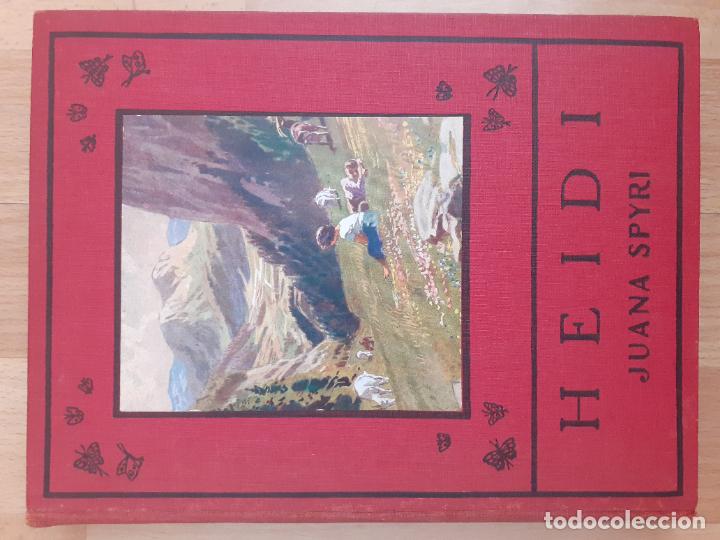



While Johanna Spyri's classic children's novel 1881 Heidi, although most definitely of its time and place, and certainly very much sentimentally imbued with a sometimes rather heavy dose of overt and religious moralism, is and always has been a much cherished and beloved personal reading favourite (mostly due to the fact that sentimentality and pietistic religiosity, while of course always present, are also and for the most part generally well enough balanced out by the delightful truth of the matter that first and foremost Heidi is a joyful and ecstatic celebration of life, of earthbound, natural beauty and happiness), I have never much enjoyed the author's 1883/1884 Gritlis Kinder (both the first part, Wo Gritlis Kinder hingekommen sind and the sequel, Gritlis Kinder kommen weiter) and mostly because of the novels' constant preoccupation with illness and death, and that death seems actually to be an end to be striven for, to be actively desired, even celebrated and prayed for (and this especially with regard to weak and ailing children, namely that in the two Gritli novels, in my opinion, Johanna Spyri most definitely both sports and even seemingly strongly promotes and fetes the attitude and philosophy that the weak and ailing are somehow better off dead, that death is even preferable to life if one is lastingly ill, and this supposedly in particular if young children are seriously and lastingly weak).


 0 kommentar(er)
0 kommentar(er)
